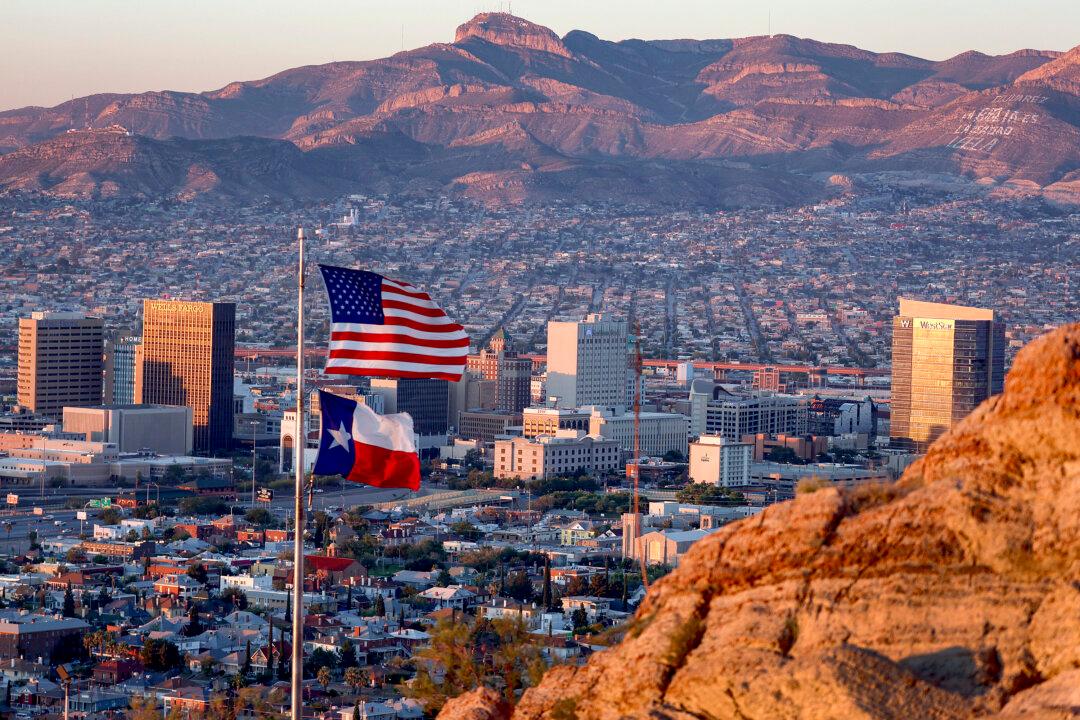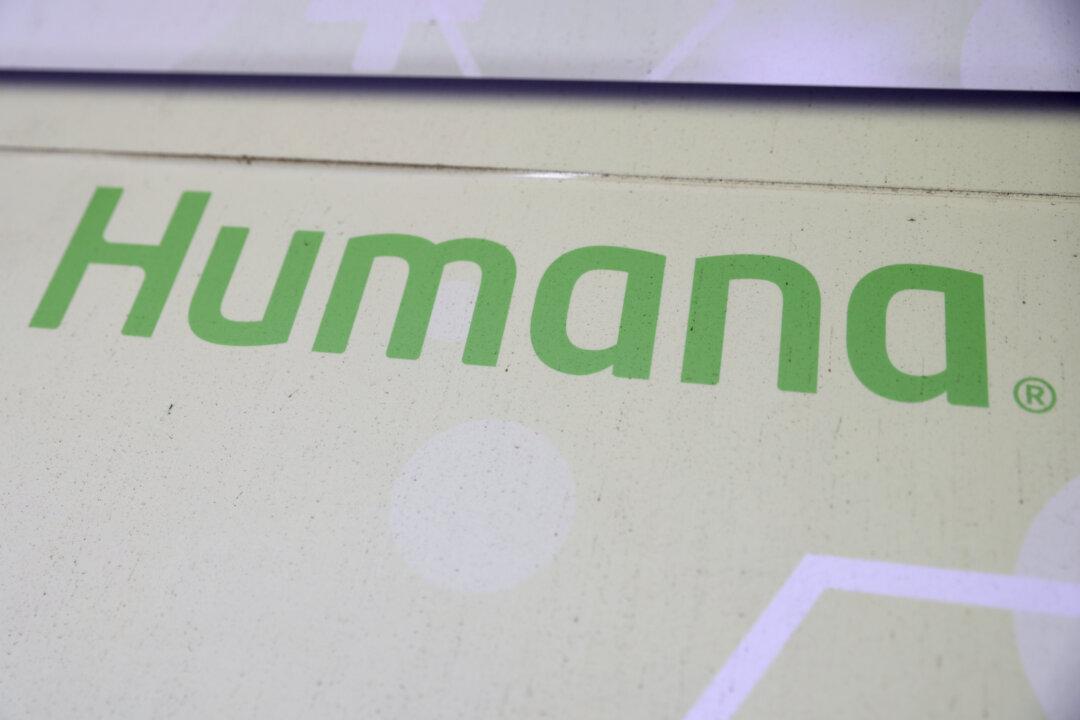The Vatican fire brigade scaled the roof of the Sistine Chapel on May 2 to install the iconic chimney that the College of Cardinals will use to send white smoke into the sky above St. Peter’s Square to let the world know when a new Pope is elected.
On May 5, all clergy and laypersons set to attend the conclave will be sworn in, including secret service and Swiss Guard personnel, doctors and nurses, staff for technical, cleaning, and translation services, the secretary of the College of Cardinals, and staff responsible for assisting with transporting the cardinals to and from the Casa Santa Marta residence.
The Cardinals
Cardinals receive their title directly from the sitting pope, and most are current or former bishops and archbishops. Cardinal Kevin Farrell, for example, served as the Bishop of Dallas before being called by Pope Francis to serve in other matters. He was nominated Cardinal Camerlengo in 2019.The Rev. Alfredo Hernández, president and rector of the St. Vincent de Paul Regional Seminary in Boynton Beach, Florida, told The Epoch Times that there are a few reasons why popes choose to elevate individuals to the role of a cardinal. One is to honor a religious man and/or his local church, such as Cardinal Timothy Dolan who was the Metropolitan Archbishop of New York. Another reason is that the pope believes that a man is worthy of trust to serve as an adviser, is worthy to select the pope’s successor, or has the potential to be that next successor.
“It is really men who are looking [out] for the good of the church,” he said of the conclave, warning against the “dangerous” desire to view the event purely through a lens of understanding of secular politics.
The voting itself is left to the cardinal electors, those under the age of 80. According to the Vatican, 108 of them were appointed by Pope Francis, Pope Benedict XVI appointed 22, and there are five remaining who received their appointment from Pope St. John Paul II.
Pope Paul VI instituted the under-80 rule and a limit of 120 cardinal electors during his reign between 1963 and 1978. That limit was maintained through the election of the popes after him: John Paul I, St. John Paul II, Benedict XVI, and Francis.
Francis chose to do away with that rule, increasing the number of cardinal electors to 135.
The youngest cardinal elector is the 45-year-old Ukrainian-born Australian Mikola Bychok, and the oldest is the 79-year-old Carlos Osoro Sierra from Spain.
The average age of the college’s voting members appears to be on the older end, as 50 voting cardinals were born in the 1940s, 13 of whom are aged or approaching the age of 78. Another 47 cardinals were born in the 1950s, 31 were born in the 1960s, and six were born in the 1970s.
No More European Voting Majority
The conclave will be the first in history in which European cardinals will not account for more than half of the entire voting body.While European cardinals are still the largest single group, consisting of 53 electors, the other 82 under 80 are from other parts of the world: 37 of them represent North and South America, 10 of whom are from the United States; 23 are from Asia, 18 from Africa, and four from Oceania.
For the first time, practicing Catholics in an additional 15 pre- and post-colonial nations will be represented by a native cardinal. They include Cardinals Chibly Langlois from Haiti, John Ribat from Papua New Guinea, Sebastian Francis from Malaysia, and William Seng Chye Goh from Singapore. But they also include Cardinals Anders Arborelius from Sweden, Jean-Claude Hollerich from Luxembourg, Adalberto Martínez Flores from Paraguay, and Ladislav Nemet from Serbia.
This conclave’s representation has drawn speculation that Pope Francis’s successor could also come from somewhere beyond Europe and the Mediterranean.
How Long Will the Conclave Last?
There is no set time for how long the conclave will last, and for many of these new cardinals, this will be the first time they are gathered together.The gathering clergymen have already held several congregations in the days following Pope Francis’s funeral, during which they have prayed together and had opportunities to discuss matters concerning the global church.
Another recurring theme of discussion has been “a Church that lives in the world, not in its own world, to avoid becoming insignificant,” according to the Vatican.
There will be one voting opportunity on the first day and four on each subsequent day. Only one vote is required to produce a minimum two-thirds majority. The elected man then has to accept the position and choose his papal name.
Pope St. John Paul II was elected in the eighth vote on the evening of the third day of the 1978 conclave. Pope Benedict XVI was elected in the fourth vote on the second day of the 2005 conclave, and Pope Francis was elected in the fifth vote on the second day of the 2013 conclave.
However long it ends up taking, the victorious white smoke will be released from the chapel chimney, accompanied by the proto-deacon’s declaration of “Habemus Papam,” which translates to, “We have a pope.” The new pontiff’s introduction to the people will occur on the same day, directly following the vote.
Speculation is already rife about who the next pope could be, and internet gamblers have started placing bets. But Hernández and his seminarians are not taking bets, declaring the whole matter to be an act of trust in God and the church.
However, when asked what the next class of United States priests hopes to see in the next successor of St. Peter, he said they would want someone who has a focus on evangelism, a desire to serve and care for the poor and needy, but also someone who brings a new level of clarity on specific issues.







